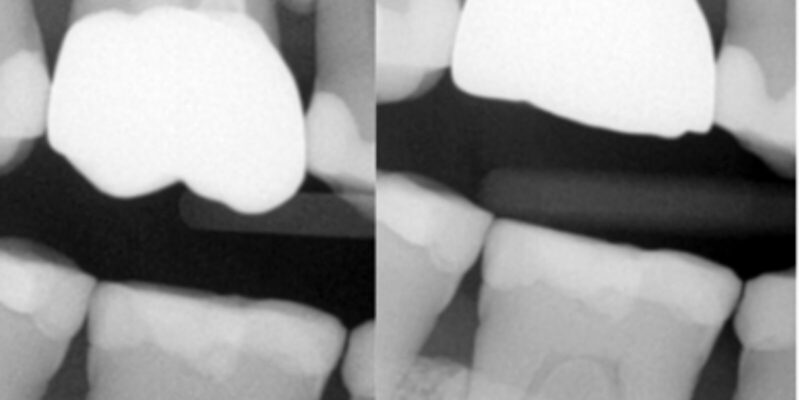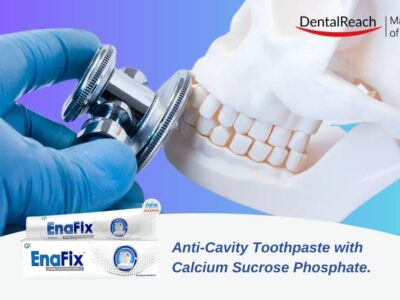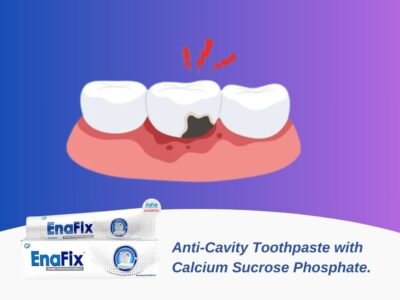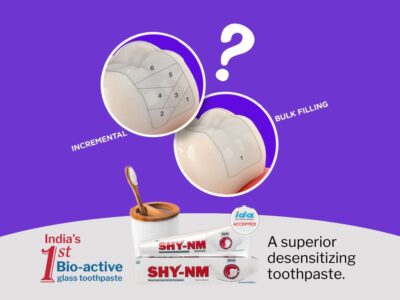Dental education has always been a field characterized by the integration of cutting-edge technology to enhance learning and patient care. A recent study has delved into the impact of Artificial Intelligence (AI) on dental students’ ability to predict pulp exposure in patients based on radiographic information. The research conducted by a team of experts sheds light on how AI can be a valuable educational tool in the dental profession.
The study, titled “Artificial Intelligence-Assisted Prediction of Pulp Exposure in Dental Radiography,” was led by a group of dental and AI researchers. Their primary objective was to evaluate the effect of providing dental students with AI-based radiographic information alongside standard radiographic and clinical data. The research aimed to determine if AI could significantly improve dental students’ predictive abilities related to pulp exposure.
To conduct the study, the research team analyzed 292 preoperative bitewing radiographs from patients who had been previously treated. They utilized a multi-path neural network for their AI model. This network consisted of two primary pathways: the first was a convolutional neural network (CNN) based on the ResNet-50 architecture, and the second was a neural network trained to understand the distance between the pulp and lesions extracted from X-ray segmentations. These two pathways merged and were followed by fully connected layers, ultimately predicting the probability of pulp exposure.
The researchers conducted a trial involving 25 dental students to test the prediction abilities of the AI model. The data was divided into four groups:
- GX-ray (Radiographic information alone)
- GX-ray+clinical data (Radiographic and clinical data)
- GX-ray+AI (Radiographic information with AI prediction)
- GX-ray+clinical data+AI (Radiographic and clinical data with AI prediction)
The results of the study were noteworthy. The AI model outperformed dental students in all groups, achieving an F1-score of 0.71 (P < 0.001). Notably, the F1-scores of students in GX-ray+AI and GX-ray+clinical data+AI (0.61 for both) were slightly higher than the F1-scores in the GX-ray and GX-ray+clinical data groups (0.58 and 0.59, respectively), with a borderline statistical significance of P = 0.054.
In conclusion, the study demonstrates that AI technology has the potential to significantly enhance the predictive abilities of dental students in assessing pulp exposure based on radiographic information. The AI model outperformed human predictions in all scenarios, showcasing its promise as an educational tool in the dental field. However, the study also highlights the need for more explainable AI predictions and the importance of a learning curve for dental students to harness the full potential of AI in their practice.
As technology continues to advance, the integration of AI in dental education and practice may become increasingly valuable. Dental professionals and educators must continue to explore how AI can be leveraged to improve patient care and students’ learning experiences, all while ensuring that AI-driven solutions remain explainable and accessible.
Source: ScienceDirect.com




















Comments